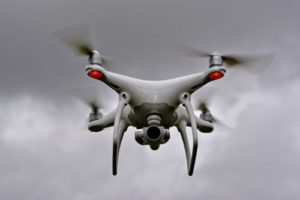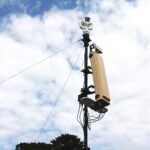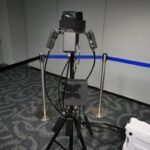
Customs and Border Protection (CBP) and the Federal Protective Service (FPS) are each preparing to conduct evaluations of technologies for mitigating threats from small unmanned aircraft systems (UAS) as part of ongoing efforts by the Department of Homeland Security to adopt capabilities across the spectrum of drone security measures, a department official supporting the two agencies said this week. CBP and FPS have been going through the legal and privacy requirements to get their respective efforts to be able to…

 By
By 











